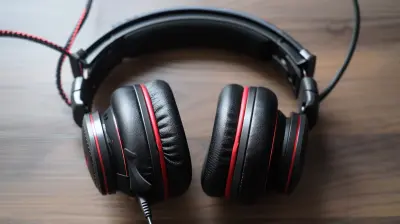Wide-Angle Lenses: When and How to Use Them for Impactful Shots
1 August 2025
Let’s be real—wide-angle lenses are the unsung heroes of photography. Most folks associate them with dramatic landscapes or funky architecture shots, but honestly, they’re so much more than that. Whether you’re capturing vast horizons, squeezing into tight indoor spaces, or adding a sense of depth and drama to your visuals, a wide-angle lens can totally change the game.
But here's the deal: if you misuse them, your photos might end up looking distorted or just... off. So, when’s the right moment to pop one on your camera? And how do you really make the most out of that big, bold, wide field of view?
Buckle up, because we're diving deep into the world of wide-angle lenses—how to use them, when to use them, and how to make your shots pop like never before.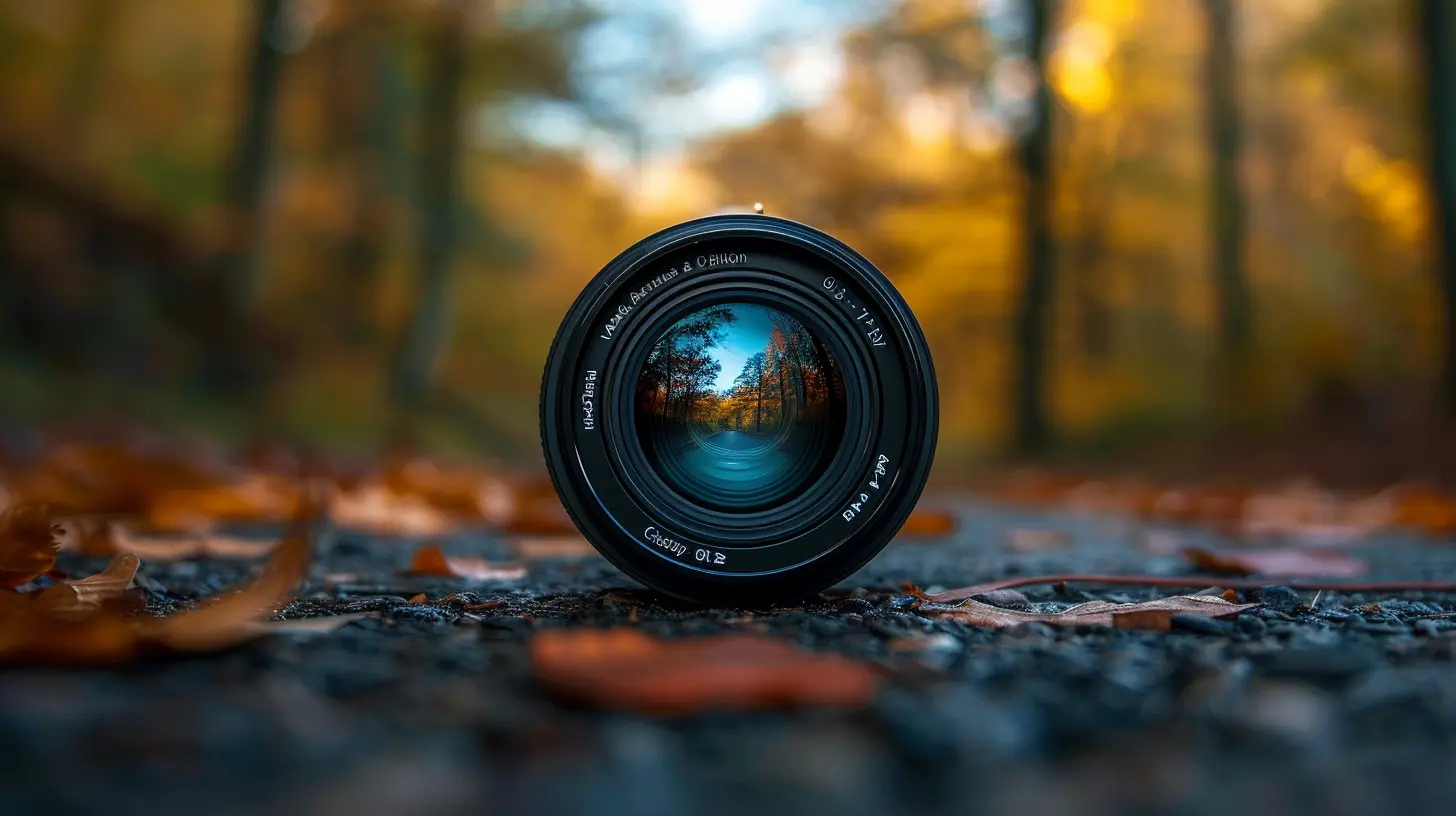
What Is a Wide-Angle Lens, Anyway?
Alright, let's start with basics. A wide-angle lens is typically any lens with a focal length of 35mm or less (on a full-frame camera). These lenses allow you to fit more into your frame—horizontally and vertically—making everything seem expansive and roomy.You’ve probably heard of terms like:
- Ultra-Wide: Focal lengths under 24mm. Think of GoPro-style views—epic and immersive.
- Standard Wide: Between 24mm and 35mm. These are more versatile and less exaggerated.
- Fisheye: Extremely wide (often 8-15mm) but with heavy barrel distortion that gives a circular or super-curved look.
They’re not just for landscapes. Seriously. Portraits, interiors, street photography—they can all benefit from a wide lens when used right.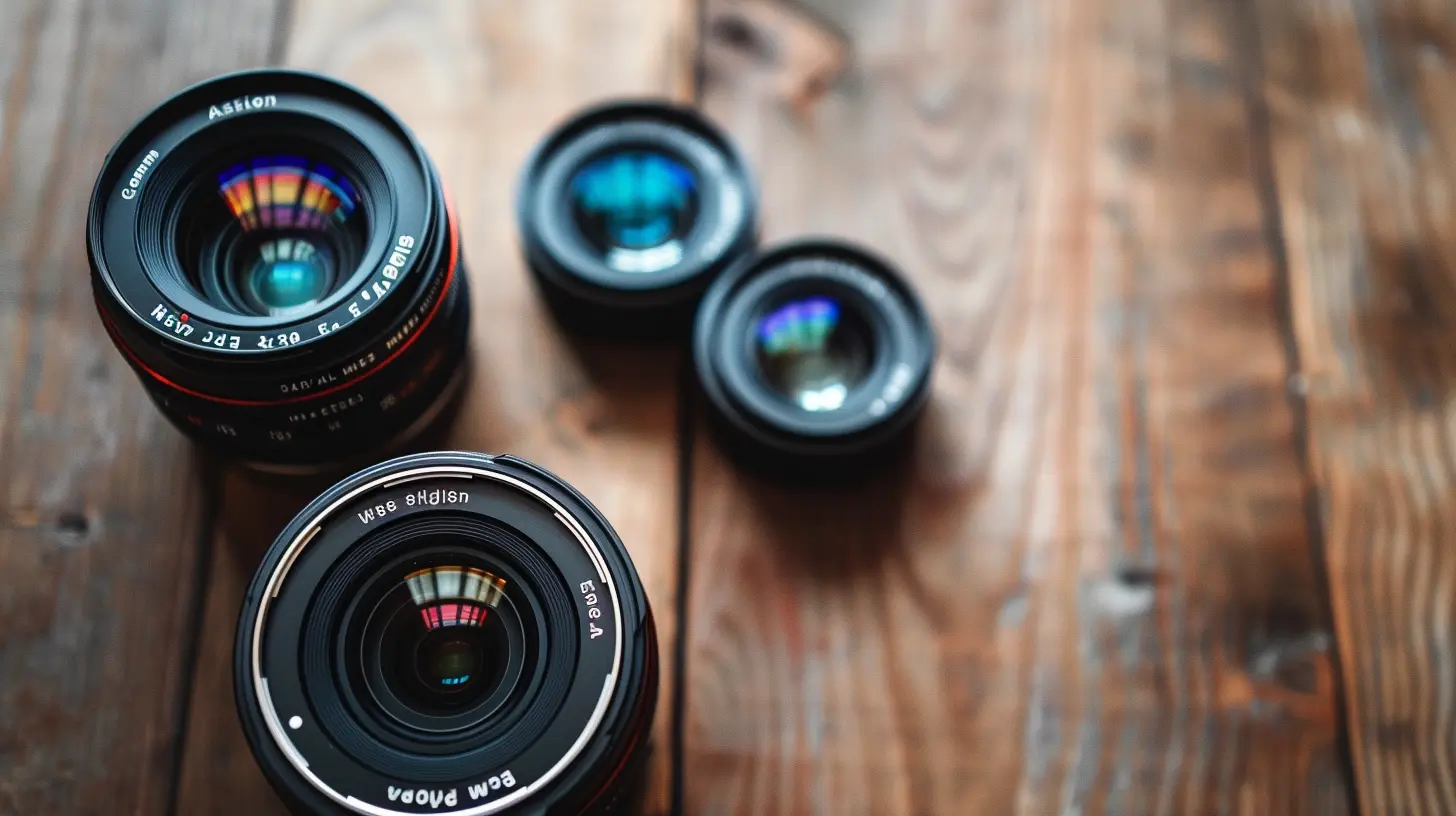
The Visual Impact of a Wide-Angle Lens
Let’s talk vibes. Wide-angle lenses affect how your photo feels. What makes them so unique?1. Exaggerated Perspective
When you shoot up-close with a wide lens, objects in the foreground look significantly larger than those in the background. It’s like looking through a funhouse mirror—but in a good way! This exaggeration adds depth, draws focus, and makes your images more dynamic.2. Greater Depth of Field
With most wide-angle lenses, you naturally get more of the scene in focus—great for storytelling! You can have your subject sharp in the front while still keeping that epic mountain range crisp in the background.3. Lines and Leading Compositions
Wide lenses stretch and pull lines across your frame. Leading lines? You’ll love ’em even more. They pull the viewer's eyes into the shot, helping you guide attention exactly where you want it.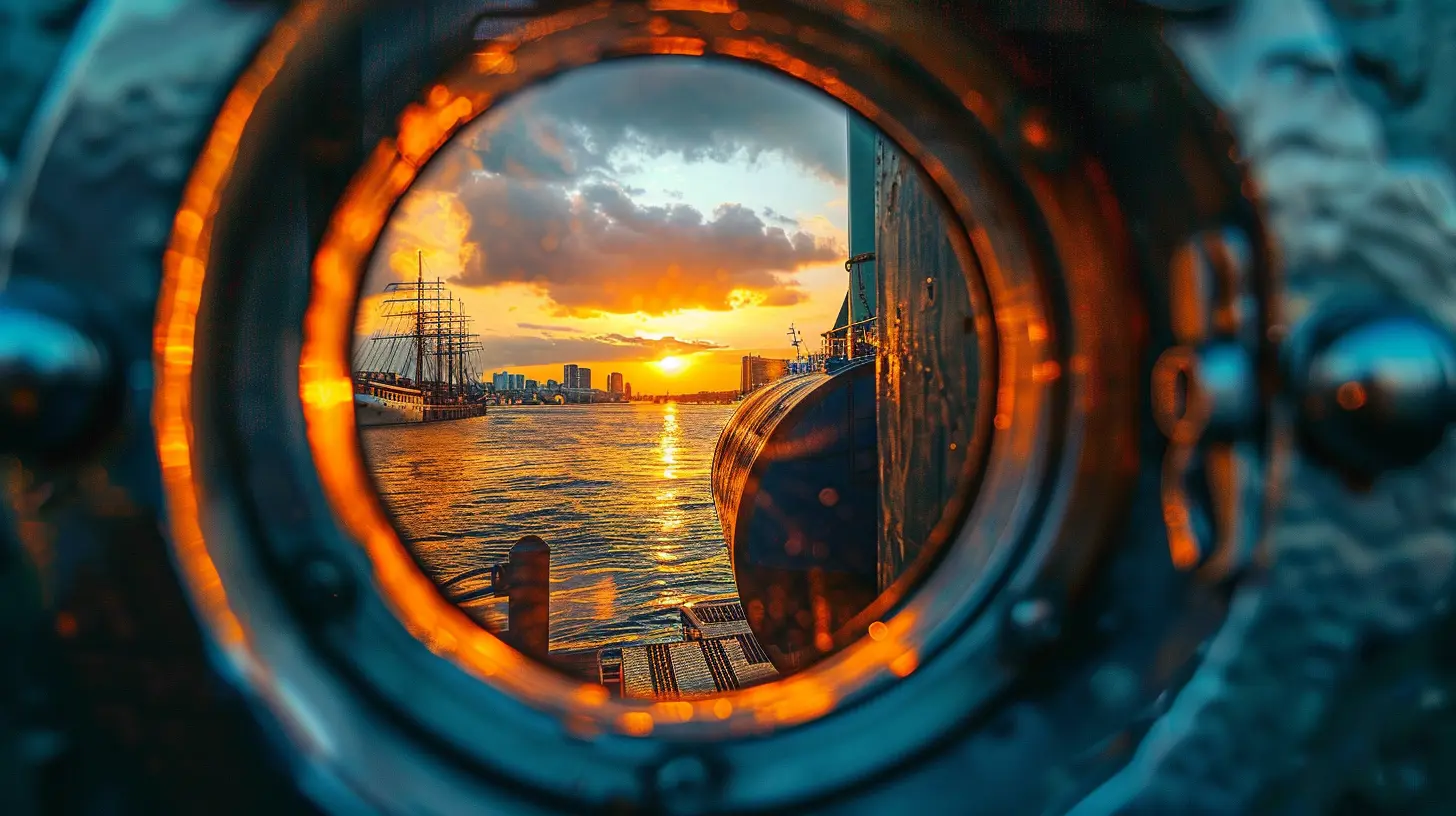
When Should You Use a Wide-Angle Lens?
Timing is everything. Wide-angle lenses aren’t just something you slap on your camera randomly. Here’s when you should reach for it:1. Epic Landscapes
This one's a no-brainer. Imagine a rolling field under a golden sunset or a mountain range stretching into infinity. A wide-angle lens lets you fit the whole scene in without stepping back until you fall off a cliff.> Pro tip: Put something interesting in the foreground—a rock, tree, or even your boots. It gives the shot depth and scale.
2. Tight Indoor Spaces
Trying to shoot a room, but your lens is just too “zoomed in” no matter how far you back up? Enter: wide-angle.Interior photographers swear by these lenses because they make small spaces look open and inviting. Just don’t overdo it—you don’t want to turn a cozy kitchen into a spaceship hangar.
3. Street and Urban Photography
Here’s where things get fun. Wide-angle lenses bring you closer to the action without missing a thing. You can capture a vendor, a bustling crowd, or towering buildings—all in a single frame.> It's like eavesdropping on a visual conversation—the lens lets you be up-close while still showing the full context.
4. Creative Portraits
Yep, you can use a wide-angle for portraits. But tread carefully.Centered portraits with wide lenses are great for environmental portraits—where the background tells a story. Think of a farmer in a golden field or an artist in their paint-splattered studio.
Avoid placing your subject too close to the edge, though, unless distorted limbs are your thing.
5. Astrophotography and Night Shots
Want to capture the entire Milky Way? Wide-angle is a must. It grabs more of the sky and lets you include landscapes or silhouettes in your celestial compositions.Pair it with a fast aperture (like f/2.8 or lower), and you’re set for some stunning starry-night magic.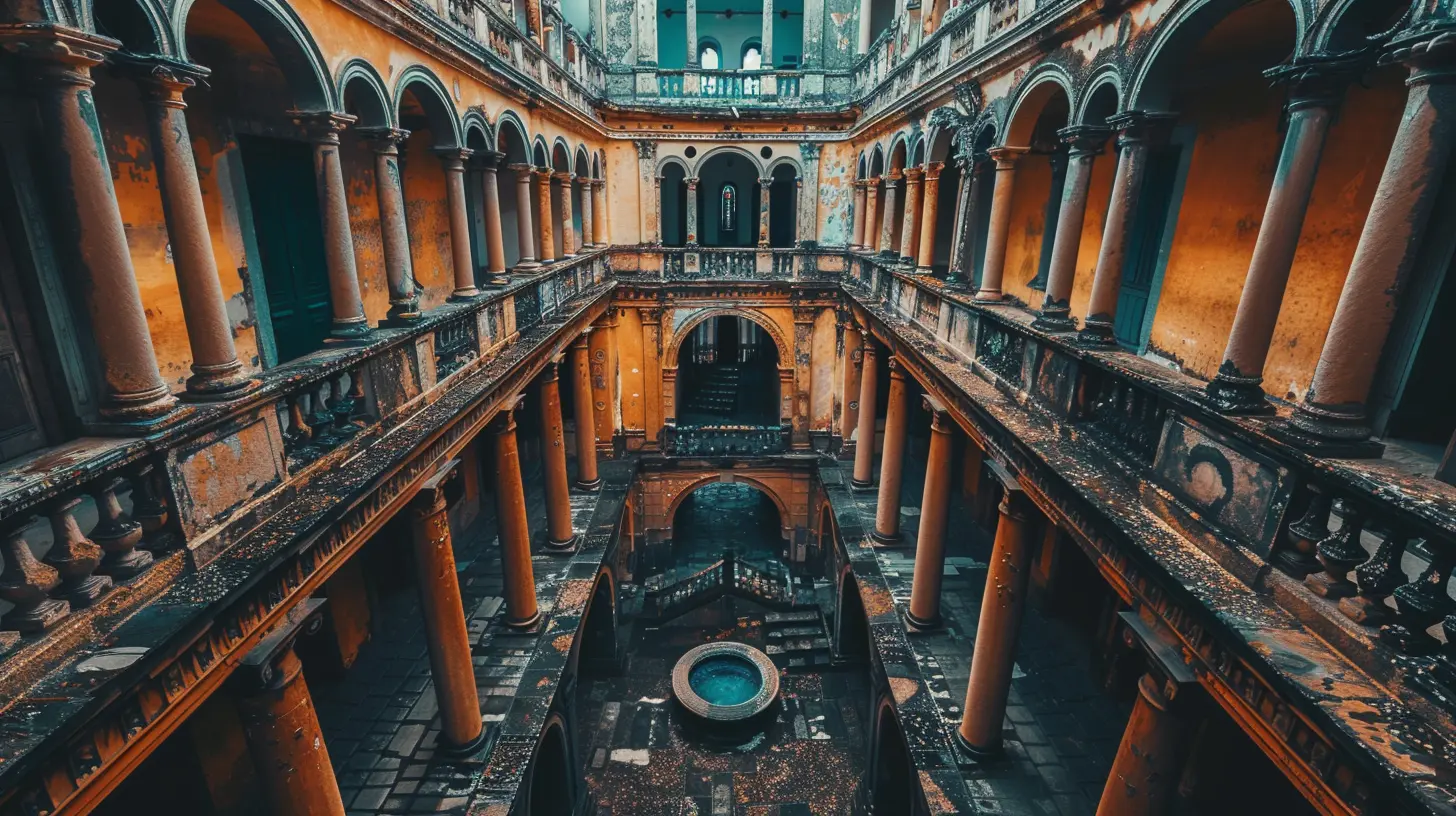
How to Use a Wide-Angle Lens for Maximum Impact
Okay, you’ve got the lens. Now what? This is where technique comes in. Here’s how to avoid the rookie mistakes and get shots worth framing.1. Get Close. Then Get Closer.
One of the biggest mistakes folks make with wide-angles? Standing too far away. The lens actually works better up-close.Remember that exaggerated perspective we talked about? Use it! Get low, get close, and let your subject dominate the frame while the background stretches out behind them.
> Think of it like shouting in a canyon—your subject’s voice echoes across the scene.
2. Watch for Distortion
Wide lenses can warp straight lines, especially at the edges. That can either be a cool effect or a hot mess.Shooting architecture? Be careful. Tilt the camera just a little, and BAM—you’ve got buildings leaning like they’re about to fall over.
If you're working with human subjects, keep them centered to avoid stretched arms or elongated heads (unless you're going for that alien vibe).
3. Master the Composition
Just because you can fit everything in doesn’t mean you should. Be intentional.- Use leading lines to guide the viewer’s eyes.
- Frame your subject using natural surroundings.
- Incorporate foreground interest to add layers to your shot.
A successful wide-angle image tells a story—it doesn’t just show a big space.
4. Mind Your Edges
The corners of your frame can get weird with wide lenses. They often show distortion, blur, or unwanted objects you didn’t even notice while shooting.Always scan the whole frame before hitting the shutter. One rogue trash can or awkward shadow can ruin an otherwise beautiful image.
5. Use Filters for Drama
Wide-angle shots often include a lot of sky. Slap a polarizing filter on your lens, and suddenly your skies get richer, clouds pop, and colors become deeper.Just make sure to use filters suited for wide lenses, or you’ll end up with dark corners (vignetting).
Wide-Angle Lenses You’ll Love
Wondering what to buy? Here are some tried-and-true wide-angle lenses for different setups:For Full-Frame DSLRs:
- Canon EF 16-35mm f/2.8L III- Nikon AF-S 14-24mm f/2.8G
- Sigma 14-24mm f/2.8 Art
For Crop Sensors:
- Tamron 10-24mm f/3.5-4.5- Canon EF-S 10-18mm f/4.5-5.6
- Tokina 11-16mm f/2.8
For Mirrorless Cameras:
- Sony 16-35mm f/2.8 G Master- Fujifilm XF 10-24mm f/4 R OIS
- Olympus 7-14mm f/2.8 (Micro Four Thirds)
Remember: it’s not about having the most expensive gear—it’s about knowing how to use what you’ve got.
Wide-Angle Myths—Busted!
Before we wrap up, let’s clear up some common misconceptions about wide lenses:❌ “Wide-angle lenses are only for landscapes.”
Nope. Street, portrait, even product photography can benefit from a wide-angle shot when done right.❌ “They always distort the image.”
Some distortion? Sure. But good technique and lens correction tools in editing software like Lightroom or Photoshop can fix most of it.❌ “You need a tripod for wide-angle shots.”
That depends. For low light or super precise framing, yes. But they’re often handheld-friendly due to their high depth of field.Final Thoughts
Wide-angle lenses are your creative playground. They explode with potential—drama, depth, and perspective that other lenses just can’t match. But like any tool, they need a bit of finesse.So next time you’re sizing up a scene, ask yourself: Does this need more space? More drama? More depth?
If yes, it might just be a wide-angle moment.
Now go wide… and shoot wider.
all images in this post were generated using AI tools
Category:
Camera GearAuthor:

Pierre McCord
Discussion
rate this article
1 comments
Nix Edwards
This article effectively highlights the versatility of wide-angle lenses in photography. By emphasizing their utility in capturing expansive landscapes and immersive perspectives, it invites photographers to experiment creatively. However, a deeper exploration of practical techniques and common pitfalls could further enrich readers' understanding and enhance their shooting skills for impactful visuals.
August 9, 2025 at 2:37 AM

Pierre McCord
Thank you for your insightful feedback! I appreciate your suggestion to include practical techniques and common pitfalls, and I will definitely consider expanding on those aspects in future articles.

